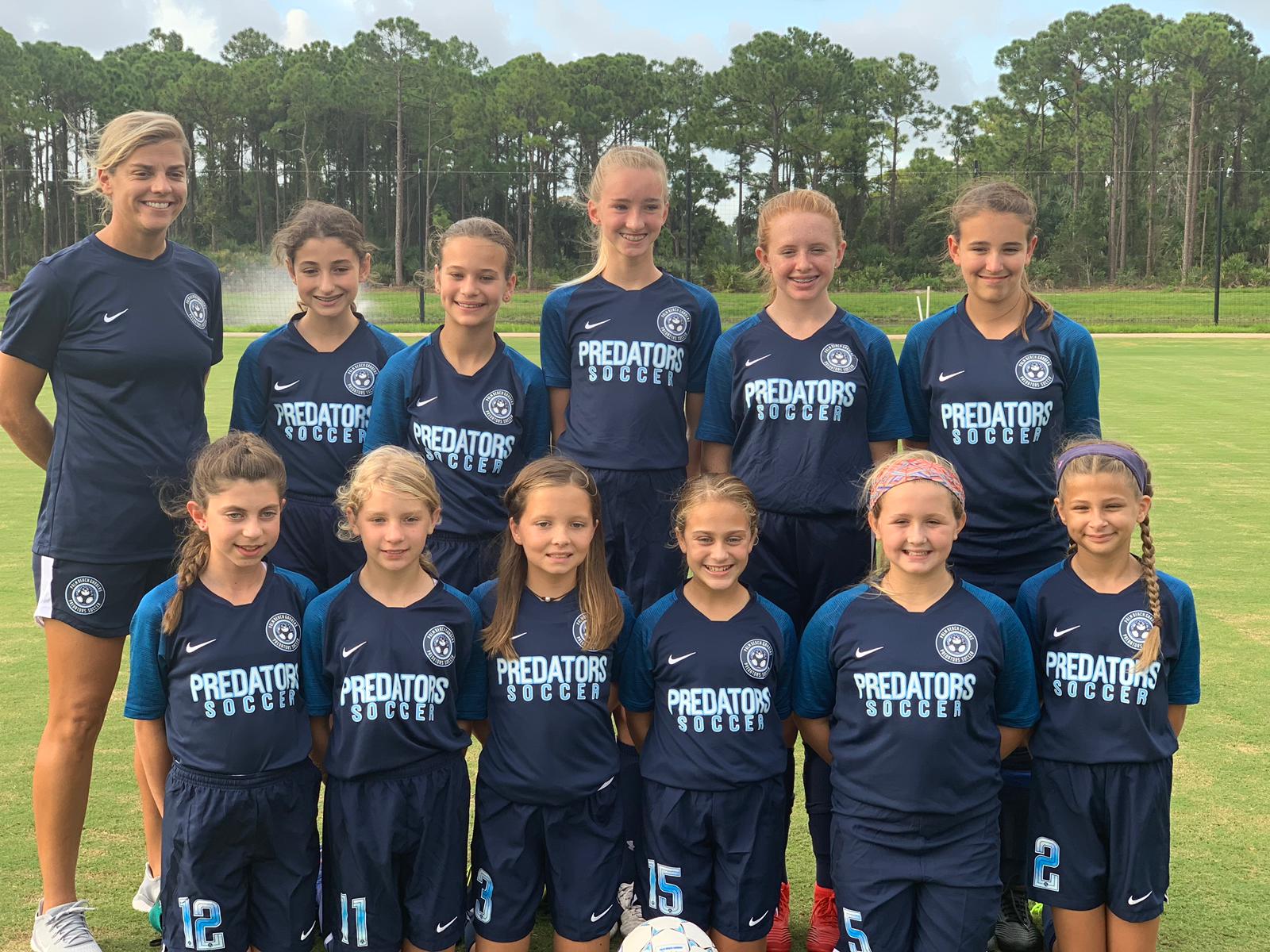Introduction
Palm Beach Gardens, with its lush greenery and proximity to natural habitats, is not just a beautiful city but also a haven for various wildlife species. Among these are the predators that play a crucial role in maintaining the local ecosystem. From raccoons to bobcats, understanding these predators helps in coexisting with them harmoniously. This article delves into the types of predators found in Palm Beach Gardens, their ecological importance, and effective methods to manage their presence in urban settings.
Types of Predators in Palm Beach Gardens
Common Predators
The urban and suburban landscapes of Palm Beach Gardens provide a unique habitat for several predator species. Some of the most common predators include:
- Raccoons: Known for their dexterous front paws, raccoons are often seen rummaging through trash bins.
- Bobcats: These solitary felines are elusive but play a vital role in controlling the rodent population.
- Coyotes: Increasingly sighted in suburban areas, coyotes are adaptable hunters that thrive in developed environments.
- Alligators: Often found in nearby waterways, they are apex predators in the local ecosystem.
- Ospreys and Hawks: These birds of prey help manage small mammals and fish populations.
Impact on Local Ecosystem
Predators are essential for a balanced ecosystem as they regulate the populations of various species, including pests that might otherwise overpopulate. This natural control mechanism helps maintain biodiversity and the overall health of the environment.
Cultural Significance of Predators in Palm Beach Gardens
The residents of Palm Beach Gardens have a deep-rooted connection with their natural environment. Local cultures often celebrate the presence of wildlife through art, festivals, and educational programs. For instance, the annual environmental festival promotes awareness about local wildlife, including predators, and encourages responsible interactions with nature.

Managing Human-Predator Encounters
Precautionary Measures
While most encounters with predators are harmless, it is essential to practice safety measures to minimize conflicts. Here are some effective tips:
- Secure trash bins with tight-fitting lids to deter raccoons.
- Keep pet food indoors and supervise pets outdoors, especially at dusk and dawn.
- Utilize fencing and netting to protect gardens from larger predators.

Local Resources for Wildlife Management
Palm Beach Gardens offers various resources for managing wildlife encounters. Organizations like the Florida Fish and Wildlife Conservation Commission provide guidelines and assistance for dealing with local wildlife issues. Community workshops aimed at educating residents about coexisting with predators are also prevalent.
Pros and Cons of Predators in Urban Settings

Table: Advantages and Disadvantages of Predators
| Advantages | Disadvantages |
|---|---|
| Control of rodent and pest populations | Potential threats to pets and livestock |
| Contribution to biodiversity | Property damage from scavenging animals like raccoons |
| Educational opportunities for residents | Fear and misconceptions about predators |
Predator Control Solutions
Techniques and Technologies
There are various methods to manage predator populations and minimize conflicts in urban areas. Below are some common techniques, alongside their pros and cons.
1. Hazing Techniques
Hazing involves using noise or movement to scare predators away without harming them. This method includes yelling, using air horns, or waving arms.
- Pros: Non-lethal, promotes coexistence, and can be effective.
- Cons: May require consistency and patience; not effective with all species.
2. Fencing and Barriers
Installing physical barriers can deter larger predators from invading yards or gardens.
- Pros: Provides a physical barrier, effective for larger species.
- Cons: Can be expensive, may not be aesthetically pleasing, and requires maintenance.
3. Professional Wildlife Control Services
Hiring professionals can be an effective way to manage predator issues.
- Pros: Expertise and efficiency in handling wildlife problems.
- Cons: Costly and may involve the relocation or euthanasia of animals.
Community Involvement and Education
Engaging the community in wildlife education is pivotal. Local organizations and wildlife conservation groups often organize workshops and campaigns to educate residents about the importance of predators, best practices for cohabitation, and ways to minimize human-wildlife conflicts. In Palm Beach Gardens, initiatives like “Wildlife Wednesdays” have been introduced to foster a culture of awareness and respect for local wildlife.
Frequently Asked Questions

What are the most common predators in Palm Beach Gardens?
Common predators in Palm Beach Gardens include raccoons, bobcats, coyotes, and various birds of prey such as ospreys and hawks.
How can I prevent raccoons from entering my yard?
To deter raccoons, secure trash cans, avoid leaving pet food outside, and consider using motion-activated lights or noise devices.
Are coyotes dangerous to pets?
While coyotes typically avoid humans, they can pose a threat to small pets, especially if left unattended. It’s advisable to supervise pets outdoors, especially during twilight hours when coyotes are most active.
What should I do if I encounter a bobcat?
Keep a safe distance, and do not approach it. Make loud noises to encourage it to leave the area. If it appears aggressive or does not move away, contact local wildlife management authorities.
Conclusion
Understanding and managing predators in Palm Beach Gardens is essential for maintaining a balanced ecosystem while ensuring community safety. By combining education, community involvement, and effective wildlife management techniques, residents can coexist peacefully with the fascinating wildlife that enriches their environment.